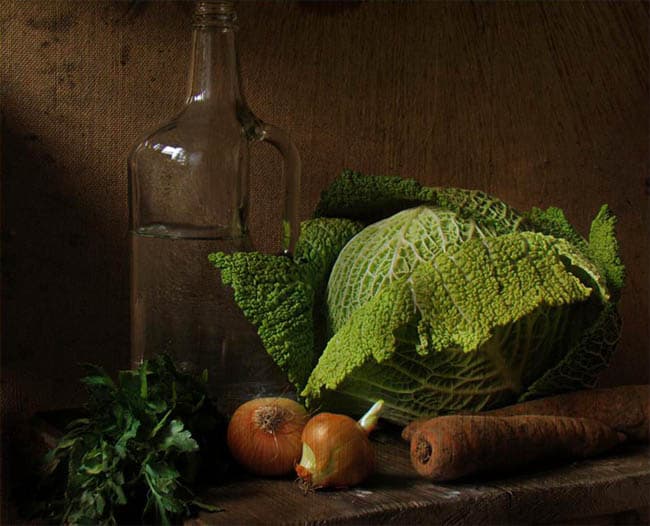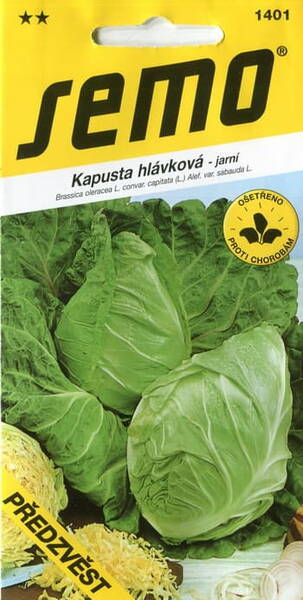Ex Tax: 57.25€
Very useful for children and the elderly!
Early variety for growing from seedlings (85-90 days after transplanting), resistant to flowering and cracking.
The head of cabbage is pointed, weighing 1.2-2.7 kg. Rosette large, with semi-raised leaves. The leaf tissue is bubbly, gray-green, medium wax coating.
It contains 10-12 times more vitamin C than white cabbage, and also has high nutritional properties due to the increased protein content in the leaves.
The variety is suitable for frying, boiling and preparing salads in the autumn-winter period.
Productivity up to 8 kg/m2. The variety is frost- and drought-resistant, relatively resistant to cracking heads. Can be stored at -1-3°C.
.jpg)
Growing conditions.
Sowing seeds to a depth of 1-2 cm. At the optimum temperature of +17+20°C shoots appear on the 7-12th day.
The culture is moisture- and photophilous. Placed on fertile soils.
Sowing: March (2.3).
Transfer: May.
Harvest: September.
Savoy cabbage is highly valued as a nutritious and dietary vegetable crop. Its heads contain protein, ash substances, vitamins C, E,
carotene, thiamine, riboflavin, potassium, phosphorus and iron salts. It is rich in amino acids, carbohydrates and pectins.
This cabbage contains mannitol alcohol (a sugar substitute for diabetics, it is absent in other types of cabbage), as well as mustard oils and phytoncides.
This cabbage is very useful for children and the elderly. It is a good diuretic and prevents high blood pressure.
Savoy cabbage is still not very common among gardeners, as it is stored for no more than 2 months.
But many do not know that it can be left under the snow for the winter right in the garden.
In January-February, the snow is raked, heads are cut down and lowered into cold water for several minutes.
From Savoy cabbage you can cook the first and second courses, use it in salads, in fillings for pies.

Savoy cabbage. Bot. Brassica oleracea L. convar. capitata (L.) Alef. var. saubada L.












